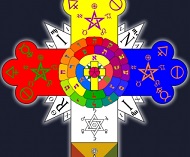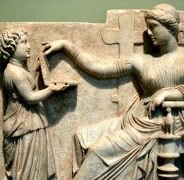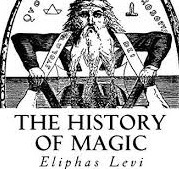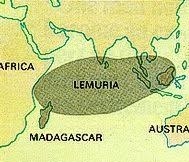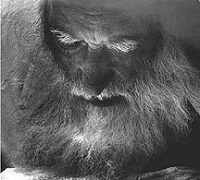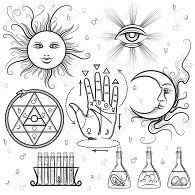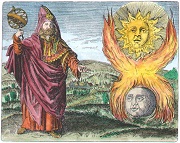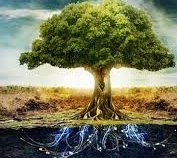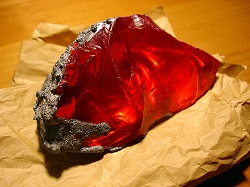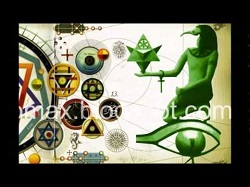What is The Philosopher´s Stone?
Philosopher’s Stone. Called also the “Powder of Projection”. It is the Magnum Opus of the Alchemists, an object to be attained by them at all costs, a substance possessing the power of transmuting the baser metals into pure gold. Mystically, however, the Philosopher’s Stone symbolises the transmutation of the lower animal nature of man into the highest and divine.
The philosopher's stone is a legendary substance, allegedly capable of turning inexpensive metals into gold. It was sometimes believed to be an elixir of life, useful for rejuvenation and possibly for achieving immortality. For a long time, it was the most sought-after goal in Western alchemy. In the view of spiritual alchemy, making the philosopher's stone would bring enlightenment upon the maker and conclude the Great Work. It is also known by several other names, such as 'materia prima.'
The Philosopher's Stone, the White Stone by the River, The Sword in the Stone, all the same, meaning that which contains the knowledge of creation, a symbol that represents the final outcome of man's inner transformation, of the conversion of the base metal of his outer character to the golden properties of his higher self. It is all about the evolution of consciousness in the alchemy of time.
The Stone in Alchemy: Transmutation of Metals
The concept apparently originated from the theories of the 8th century Islamic alchemist Geber. He analyzed each Aristotelian element in terms of four basic qualities of hotness, coldness, dryness, and moistness. Thus, fire was both hot and dry, earth cold and dry, water cold and moist, and air hot and moist. He further theorized that every metal was a combination of these four principles, two of them interior and two exterior.
From this premise, it was reasoned that the transmutation of one metal into another could be effected by the rearrangement of its basic qualities. This change would presumably be mediated by a substance, which came to be called al-iksir in Arabic (from which comes the Western term "elixir"). It was often imagined as a dry powder, made from a mythical stone - the "philosopher's stone". The stone was believed to have been composed of a substance called carmot.
Geber's theory and the concept of the philosopher's stone may have been inspired by the knowledge that metals like gold and silver could be hidden in alloys and ores, from which they could be recovered by the appropriate chemical treatment. Geber himself is believed to be the inventor of aqua regia, a mixture of muriatic and nitric acids, which is one of the few substances that can dissolve gold (and is still often used for gold recovery and purification).
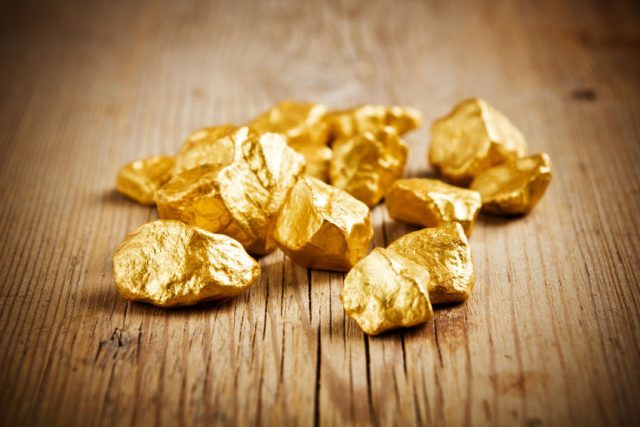
The Stone as a Spiritual Metaphor
Alchemy has always made extensive use of analogy, symbolism, and so forth to relate chemical and physical concepts to esoteric and mystic ones. In some epochs and contexts, these metaphysical aspects came to predominate, and the chemical processes were then viewed as mere symbols of spiritual processes.
In this hermetic side of alchemy, the "philosopher's stone", supposed to to be the most tangible and dense crystalization or condensation of a subtle substance, became a metaphor for an inner potential of the spirit and reason to evolve from a lower state of imperfection and vice (symbolized by the base metals) to a higher state of enlightenment and perfection (symbolized by gold). In this view, spiritual elevation, the transmutation of metals, and the purification and rejuvenation of the body were seen to be manifestations of the same concept.
The mystical revival in the late 20th century renovated the public interest on alchemy, and particularly on this metaphysical and philosophical conception of the philosopher's stone - which is now subscribed by many people, especially within several New Age movements.
The Stone and Modern Science
Though the notion of a simple philosopher's stone of the alchemic sense fell out of scientific conception by at least the 19th century, its metaphors and imagery persisted: man's attempt to discover the essential secret of the universe, redemptively transforming not just lead into gold, but death into life.
In 1901, Ernest Rutherford and Frederick Soddy discovered that radioactivity was a sign of fundamental changes within elements, and it was Soddy who quickly made the connection between this and the ancient search for the philosopher's stone (Soddy had studied alchemy extensively as a hobby). At the moment of realization that their radioactive thorium was converting itself into radium, bit by bit, Soddy later recalled that he shouted out: "Rutherford, this is transmutation!" Rutherford snapped back, "For Christ's sake, Soddy, don't call it transmutation. They'll have our heads off as alchemists." However the term stuck, in part because it drew the new discoveries in nuclear physics into a longer cultural and mystical web.
When it was discovered that radioactivity was also tapping into a latent source of energy bound inside atoms, this furthered the thought that radioactive decay might be the ultimate philosopher's stone. Later, the discovery of nuclear fission would become consciously connected into the same narrative, especially with optimistic hopes of energy "too cheap to meter" and great utopian cities of the future run on nuclear energy.
Reading Support:





